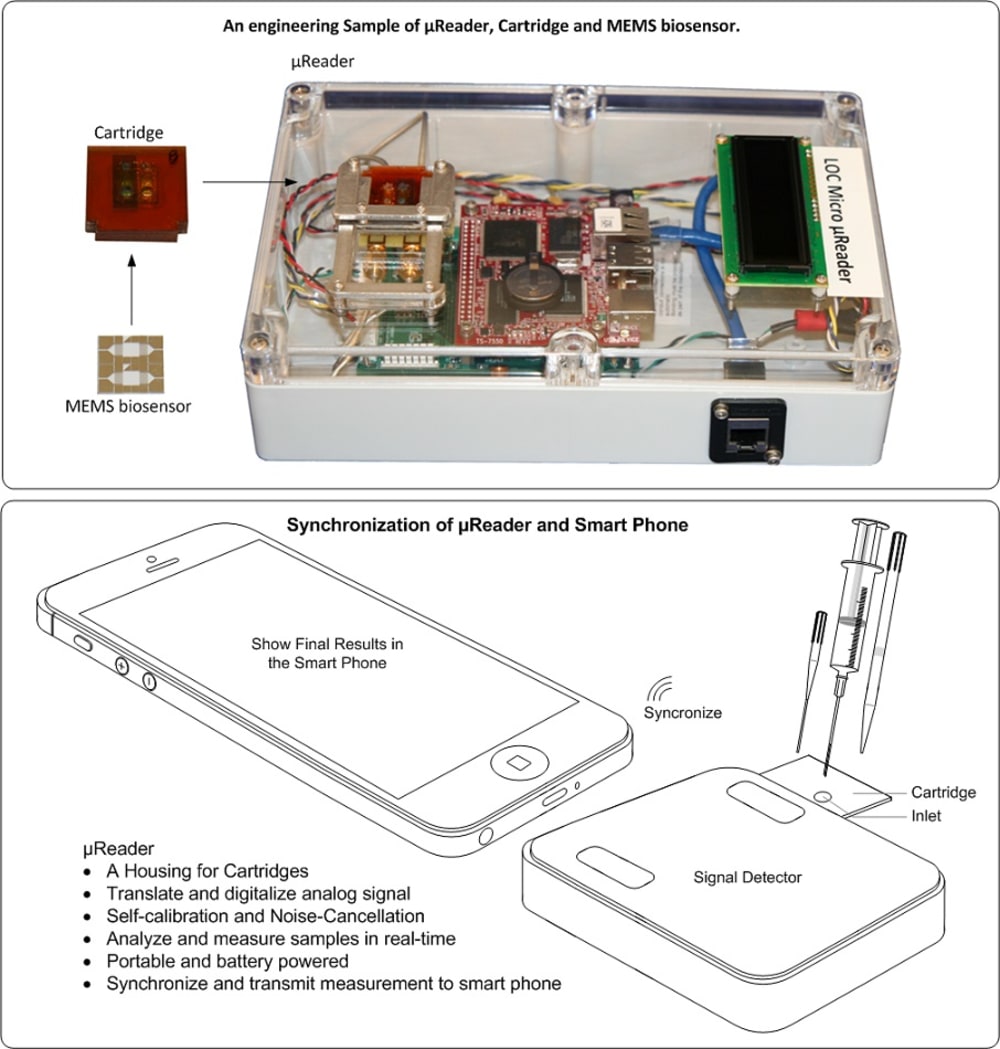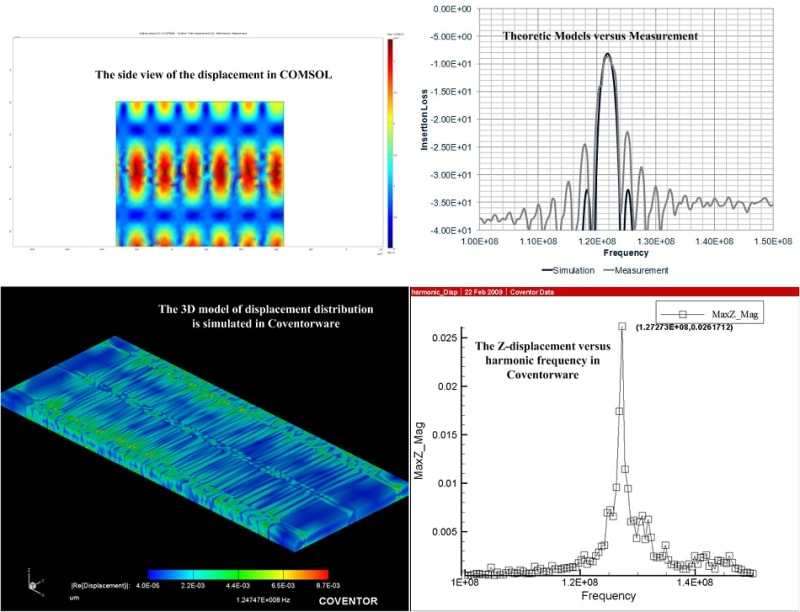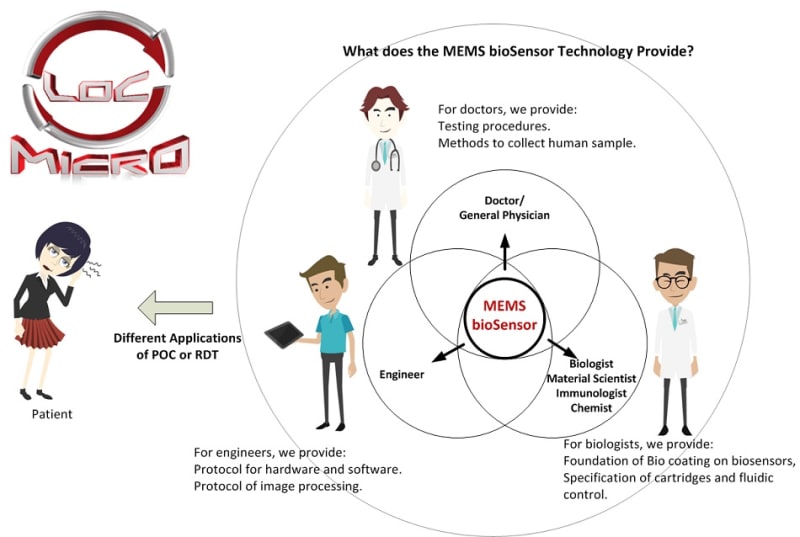
As the use of RDTs and POCs become more prevalent and the risk of emerging or re-emerging diseases increases, there is an urgent need to develop a rapid, highly sensitive, and universal diagnostic platform that is easy to use and cost effective. Our MEMS biosensor technology seeks to address this need by providing a portable platform capable of rapidly diagnosing multiple pathogens. Once the MEMS biosensor technology is successfully manufactured and tested, the technology will be utilized and integrated with molecular assays to identify and potentially diagnose multiple pathogens.
Our technology is designed for extensive commercial applications. Because our technology can detect different types of bio-agents in liquid samples through one cost-effective, portable, and easy-to-use reader, we anticipate a large market demand for our product. Our platform technology could be commercially applied to diseases such as HIV-1/2, MALARIA, Methicillin Resistant Staphylococcus aureus (MRSA), Hepatitis B (HBV) and C (HCV), Dengue Virus, Chlamydia, and et cetera.
Our technology is a surface-detecting method using MEMS biosensors. Acoustic waves generated in biosensors are known to be sensitive when applied to the device which can be electronically measured and correlated to presence of the molecular on the surface. It can sense the antigens on the surface of pre-coated-antibody on the MEMS biosensors directly without using fluorescence labels. Due to the antibody’s specificity for binding antigens, the MEMS biosensor can detect a specific disease directly from whole blood or urine without complex sample processes. According to our study, the MEMS biosensor can detect the particles which size is from 10nm to 200nm, which corresponds to the size of virus. The particles on the surface will cause signal changes so that it can be used to detect antigens directly without using fluorescence. Our proposed solution for point-of-care is to develop a unique MEMS biosensor platform technology that will achieve the following objectives:
a) High sensitivity: Our technology has the potential to detect particles with high Q factor. Commercially available technologies are not able to achieve a comparable Q factor range. A high Q factor refers to a lower rate of energy loss relative to the stored energy of the MEMS biosensor.
b) Free of nucleic acid amplification: The micro-engineered technology and high sensitivity of our device eliminates the need for costly and time-consuming PCR-based assays.
c) A true platform technology: Our technology is designed to support diagnostic tests for a number of diseases. This allows our technology to meet the needs for detecting currently unidentifiable diagnostic testing of emerging infectious agents.
d) Rapid and accurate response: Through antigen-antibody specific binding, the MEMS biosensor platform will potentially achieve sensitivity and specificity comparable to lab-based tests.
e) Manufacturable and low cost: Our technology is scalable at competitive costs using existing semi-conductor fabrication standard procedures and facilities.
f) Easy to use anywhere and anytime: Our MEMS biosensor platform is designed to be both portable and easily used. Our proposed MEMS biosensor platform diagnostic test can be conducted by users without sophisticated laboratory training.
Video
-
Awards
-
 2013 Top 100 Entries
2013 Top 100 Entries
Like this entry?
-
About the Entrant
- Name:Hsucheng Ou
- Type of entry:teamTeam members:Michael B. Chiu
Catherine C. Liu
Irven Liu - Software used for this entry:Comsol, Coventerware
- Patent status:pending








